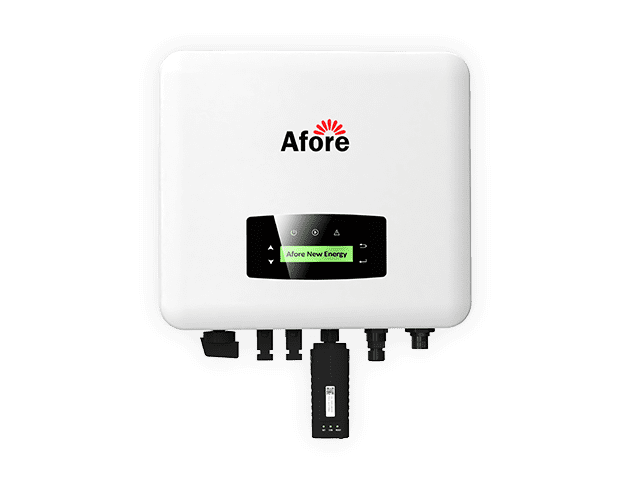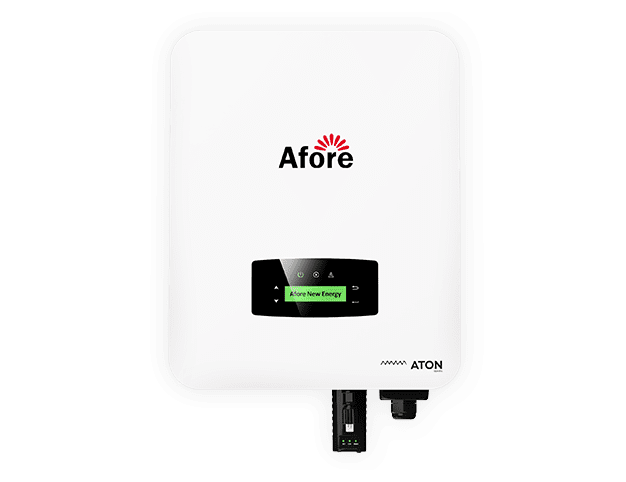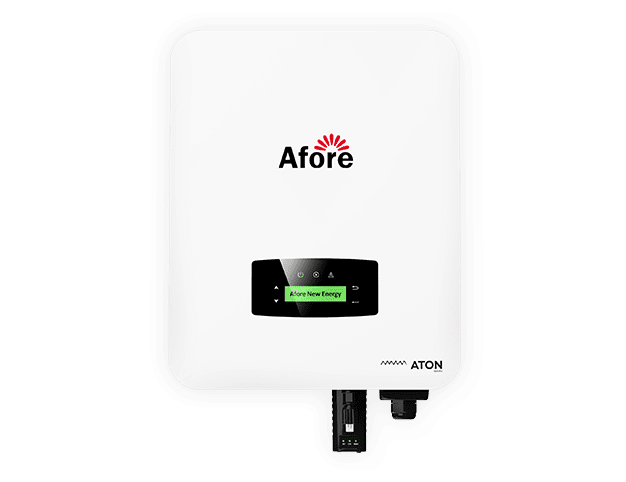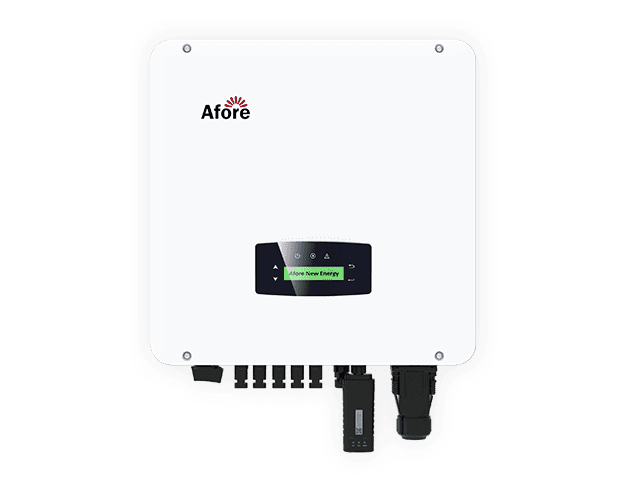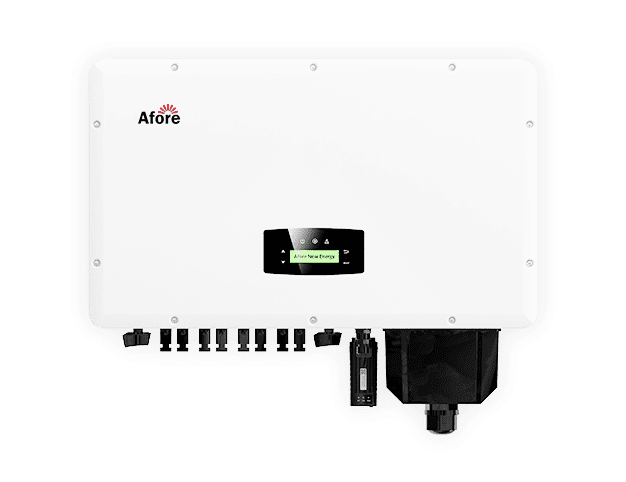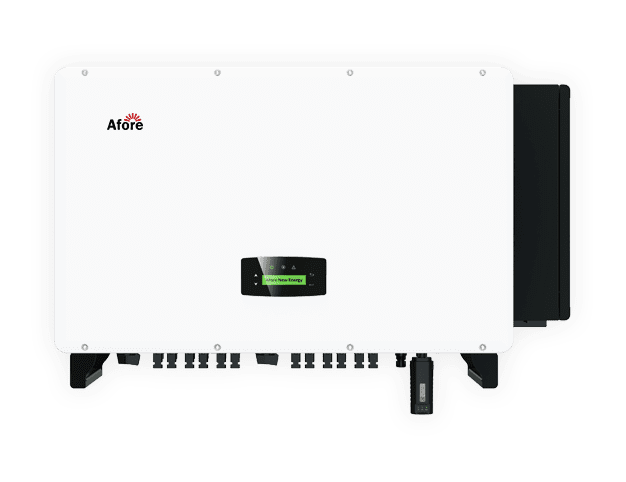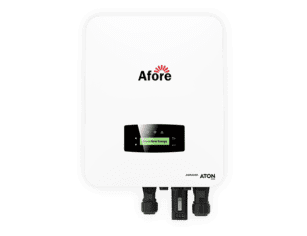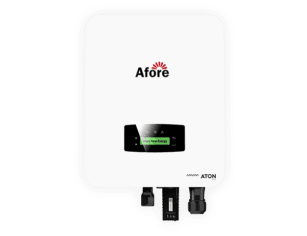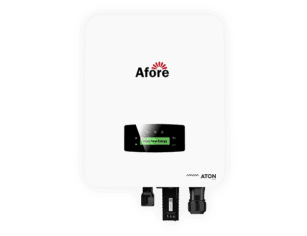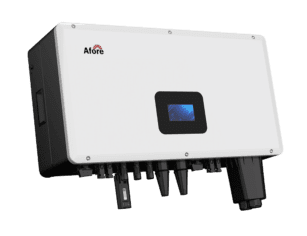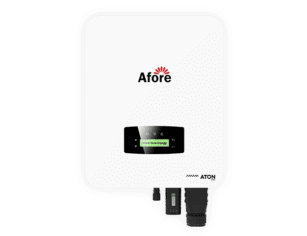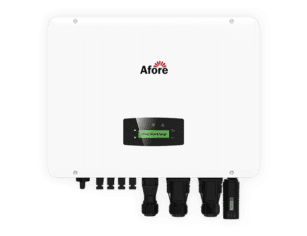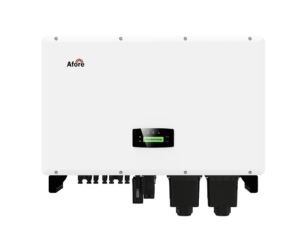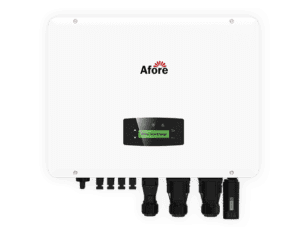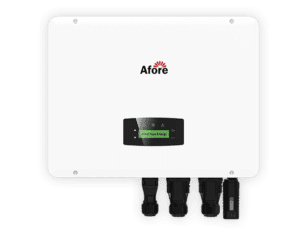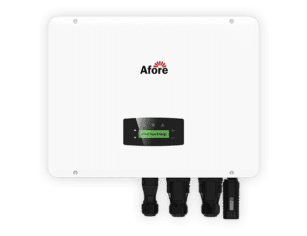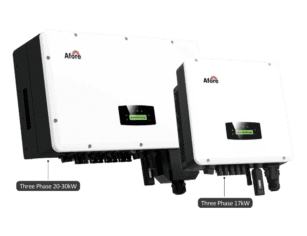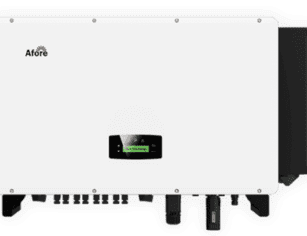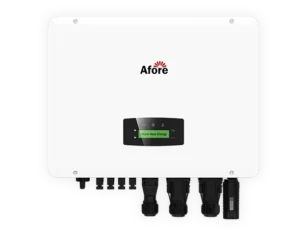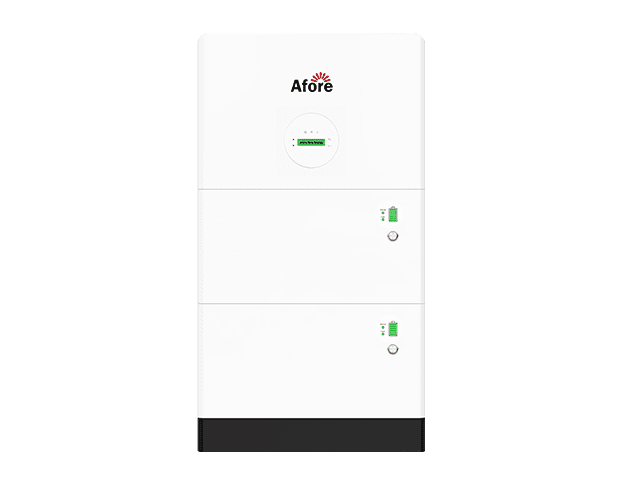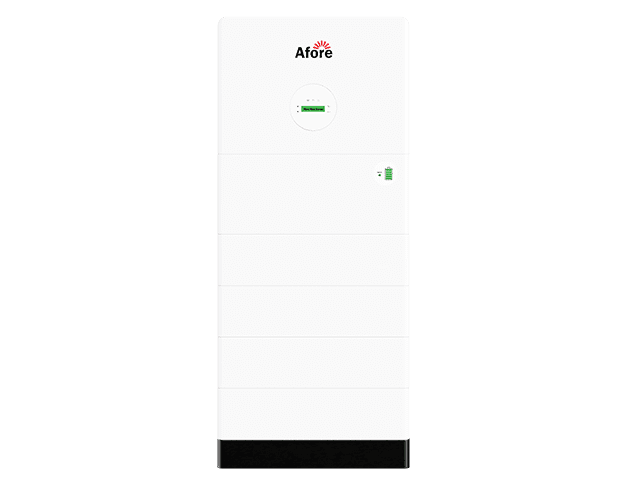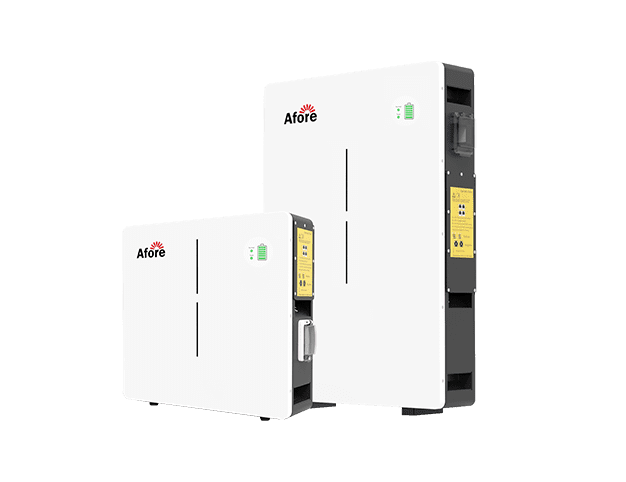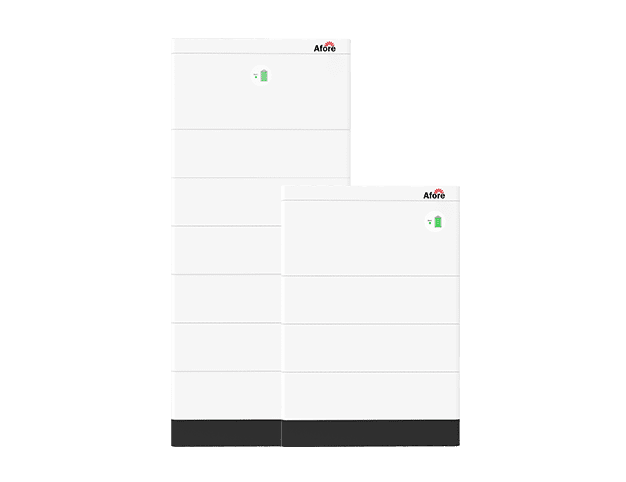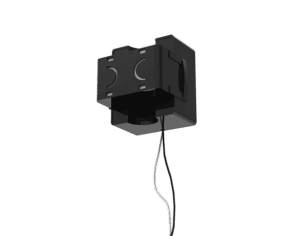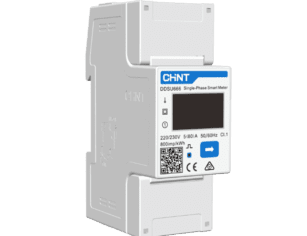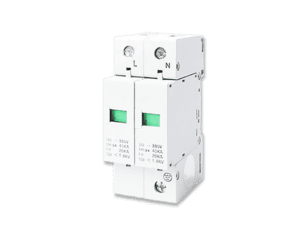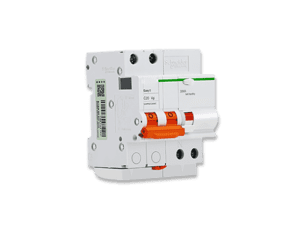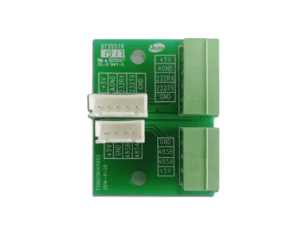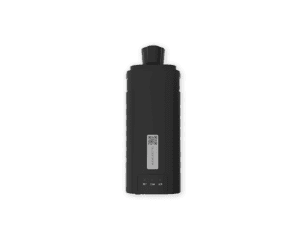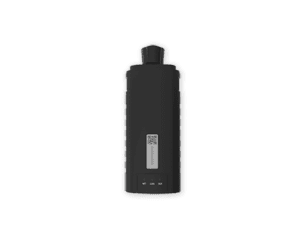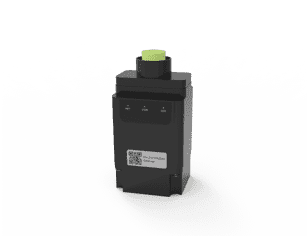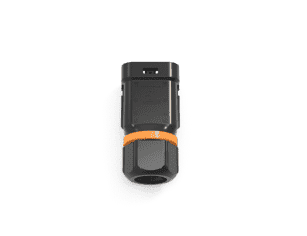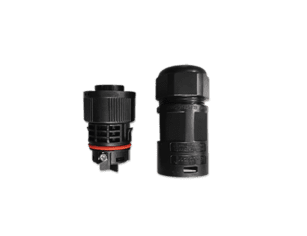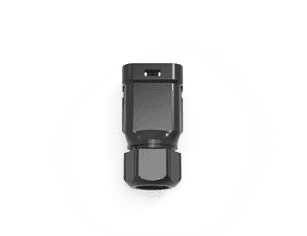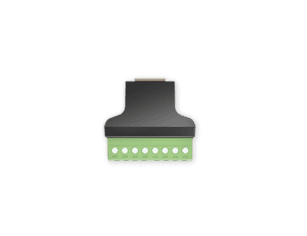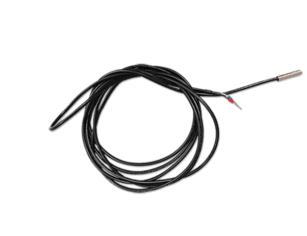Painéis solares para carregar o Tesla - uma ótima maneira de proteger o meio ambiente

Índice
It is now the year 2025 and sales of electric cars are booming. Folks are wondering which method of charging their cars works and saves money. One of the things that has been controversial is the use of solar panels to charge Tesla vehicles.
If you’ve been driving a Tesla for a while, you’ve probably noticed an increase in your electric bill because now you’re not only powering your home, but your car as well. While you’ve undoubtedly saved a fortune compared to what you used to spend on gasoline, you may be looking for ways to cut your electric bill. If you already drive a Tesla or are thinking about driving one, solar energy is a great way to save money on electricity costs and a good investment! In this post, we’ll dive into how much energy it takes to charge a Tesla, how many solar panels to charge a Tesla, and how much it costs.
Can You Use Solar Panels to Charge Tesla?
Can you use solar panels to charge Tesla? The answer to that question is pretty simple.
Many homeowners wonder if they can use solar panels to charge Tesla, and the answer is yes.
In general, anything with a battery can be charged with solar panels, if you have enough solar panels to charge Tesla or other devices.
When evaluating a solar power system, the load drives everything. The first step is to find out how much energy the solar panel needs to produce to replace the energy released by the battery.
In general, if a Tesla electric car travels about 30 miles a day (the average commute distance in the United States), it needs 10 300-watt solar panels to charge Tesla vehicles. The energy required is about 6 kWh, which is equivalent to 6.5% of the Tesla S’s 85 kWh battery.
Batteries in electric vehicles, like Tesla, can be used to store solar energy. Musk described his most recent goal, which he claims can be achieved through his two-pronged approach to families looking for alternatives to fossil fuels:
- Install solar panels on the roof to generate electricity from the sun.
- Charge your Tesla Model S with solar power.
So it’s very possible to use solar panels to charge Tesla.

How Many Solar Panels Are Required to Charge a Tesla?
It takes roughly eight to 10 solar panels to charge Tesla. This is only an estimate though; in reality, the number of solar panels to charge Tesla depends on several factors, such as the solar panel’s efficiency, the model Tesla being charged, and the power output of the connection being used.
What Tools Are Necessary to Charge a Tesla?
Keep in mind that the solar panels to charge Tesla and power your vehicle will increase your home’s energy needs. Therefore, if you want your home to be carbon neutral, you need to significantly expand the size of your solar PV array to provide enough power for electric vehicles. So what else do you need besides solar panels?
Battery pack
Along with solar panels, you need a way to store energy. Most homes rely on charging their electric vehicles at night when the sun is not shining, so this storage is essential. Today’s market offers a variety of ways to store batteries in your home.
Charging points
You also need a place where you can plug in your car for charging, usually in a garage or driveway. Therefore, in order to use solar panels to charge Tesla, a Tesla solar charging station needs to be built.
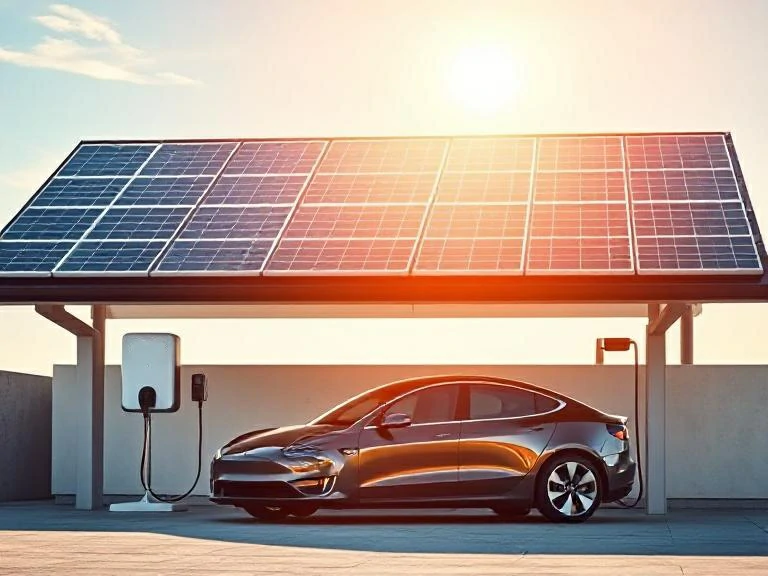
What Does It Cost to Charge a Tesla With Solar Panels?
Depending on the average electricity rate, it can cost between $9.62 and $18.30 to fully charge a Tesla car. However, if you generate your own power using solar panels to charge Tesla, the cost drops dramatically once you break even on your upfront investment. To start charging your Tesla car with solar power, you may need to make some upgrades to your home power setup. We’ll cover the most common upfront costs as well as the cost of charging your Tesla car once you’ve installed your system.
Initial Expenses
If you want to use solar panels to charge Tesla and power your car with solar energy, you’ll have to install or upgrade your solar system at home and buy an electric car charger. If you drive a Tesla, then the Tesla Wall Connector is definitely your first choice, it’s a perfect match for your car, and it’s exceptionally easy to use.
Solar System
Let’s say you haven’t installed a solar system yet, and in the process of working with the installer, you let them know that you plan to charge your EV with your solar system: they’ll incorporate solar panels to charge Tesla into the solar sized system, so it can generate enough electricity to power your electric vehicle.
The average cost of a solar system installation is $20,498. If we assume the average cost of a standard panel is about $185, and in the Northeast, Tesla uses about 8 additional solar panels to charge Tesla, then your total system cost will add an additional $1,480. Depending on your location, the number of additional solar panels to charge Tesla required may be slightly more or less than 8, in which case your cost will fluctuate in increments of around $185. The total cost of a solar system installation (sized to fit your Tesla) is about $21,978.
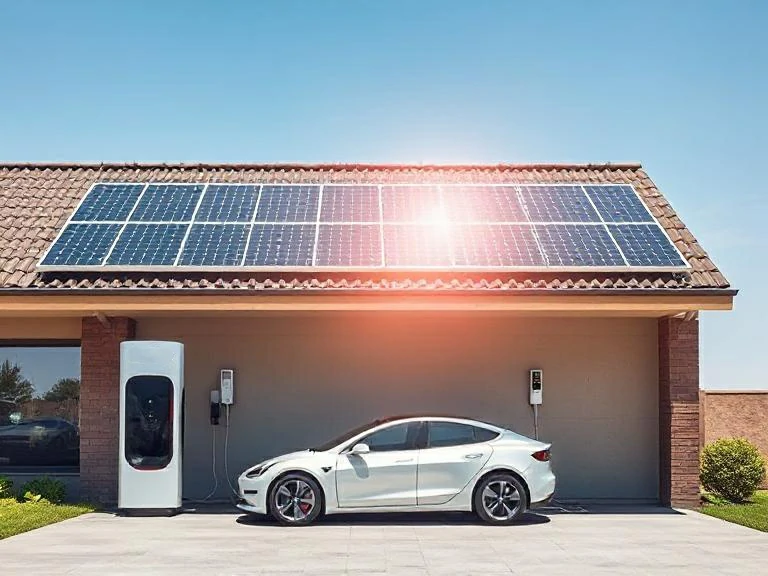
Electric Car Charger
In addition to your new solar system, you may also want to install the new Tesla Wall Connector, which is an upgrade to the standard charging cable that comes with Tesla and is compatible with all outlets available in your home. Costs associated with a Tesla wall connector may include: the charger itself ($400), a faceplate that matches your Tesla ($75), and if you don’t connect the charger to your wall, installing the charger Pedestal garage or home ($425).
You’ll also have to pay out of pocket for the installation of your electric car charger. This is because you have to find a reliable, licensed and experienced electrician to ensure that the charger will be installed correctly. According to data, most standard EV home chargers cost between $799 and $1,999 to install, and that doesn’t include money for equipment. Also, depending on your home’s electrical panel, floor plan, and wiring, additional wiring or electrical work may be required, so the installation and setup costs could be higher. For example, if you were to put a wall connector on the inside wall of your garage, with no colored panels and no additional wiring or electrical work, your Tesla wall connector installation cost would be roughly $1,200 at the lowest estimate. You could also use solar panels to charge Tesla, which might lower your overall electricity costs in the long run.
Total Cost
If we add together your solar installation costs and your new wall connector installation costs, the upfront cost associated with charging your Tesla solar is $23,178. While this may seem high, keep in mind that if you already have solar, the cost will be much lower (even if you do need to scale up your system). If you were to install a new solar system, it would take an average of eight years to “break even” on a solar system. Not to mention that driving a Tesla you will save a lot on gas bills, resulting in a faster payback period! The table below lists the estimated upfront costs for the different combinations required for successful home charging.
Charging With Solar Panels
Now that you’ve installed a solar and home EV charger, you can start charging your Tesla with solar panels to charge Tesla! The good news is that once you power Tesla with solar energy, it’s free! Depending on how many times you charge it in a year, you might charge your Tesla with free solar in less than 8 years.
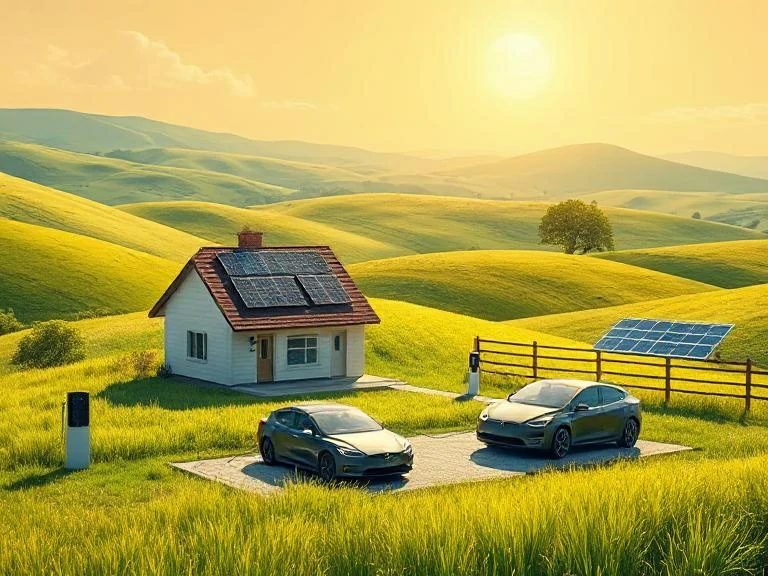
Three Ways to Maximize Your Solar Savings
Use of solar energy is therefore likely to save you money, but how can you maximize your savings? We have some suggestions to help you get the most out of your solar system:
Get Multiple Quotes
Just like buying any other big-ticket item, buying solar products can take a lot of research. Comparing more quotes from different solar products will add a bit of competition and transparency to the matter of your own home. In the end, you’ll be sure to spend the right amount of money on a better quality unit.
The market data says that consumers who compare and contrast as many solar product options as possible can generally avoid those inflated prices.
Look At The Smaller Installer
These inflated solar prices typically come from some of the larger solar installers in the industry – so it’s important to consider all of their solar options, not just the companies that are large enough to pay top dollar for advertising. Quotes from some of the larger installers are typically up to 10% higher than quotes from small to medium sized installers. If you receive a quote from some of the larger companies in the industry, be sure to compare it to the quotes from your local installers so you don’t overpay for solar. If you are looking for an affordable solar inverter you can also choose Afore, a well known manufacturer of solar inverters at an affordable price.
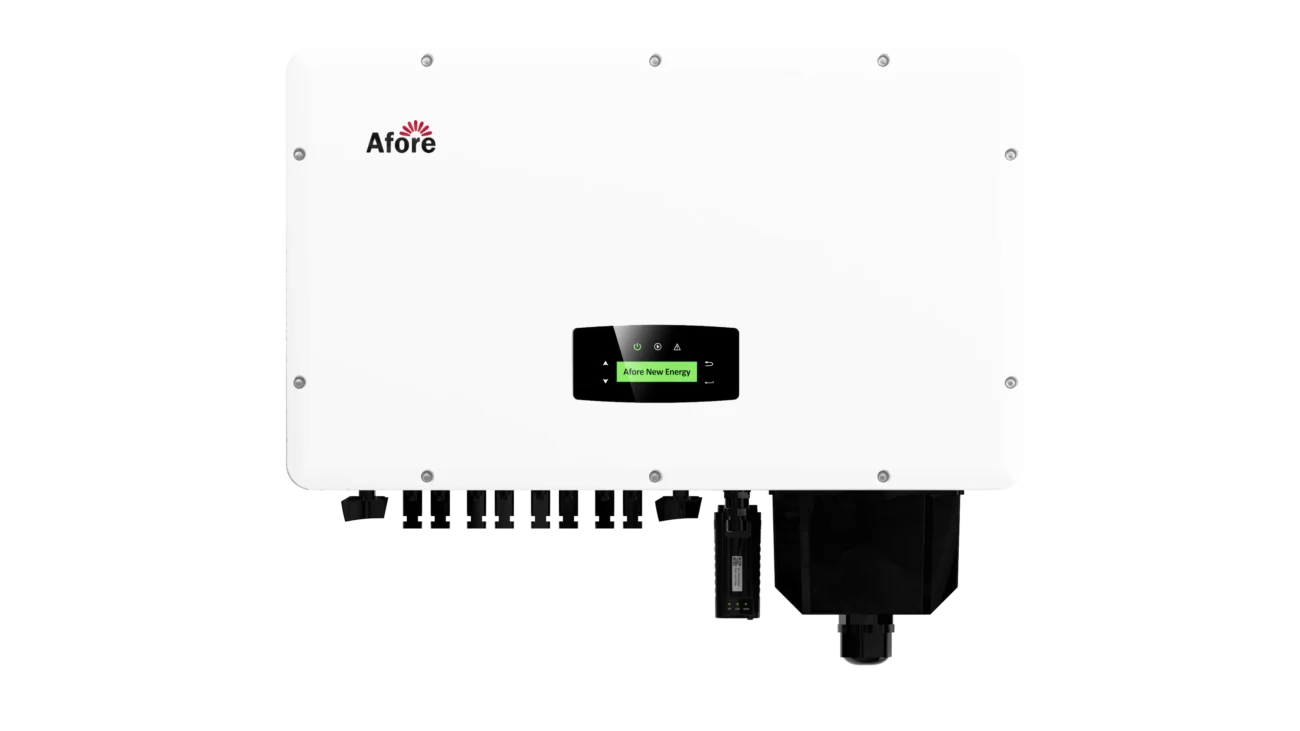
Compare Device Options
Get a few more solar quotes and you can still compare the equipment that each installer gives. There are so many factors to consider when looking for the best solar panels. Even though some panels are more efficient, spending a lot of money on top of the line solar equipment doesn’t necessarily mean you’ll save more money. The only way to find the best system for your house is to look at different equipment and compare the deals.
When Solar Panels Are Worth It, And When They Aren’t
Solar panels are usually the most worthwhile if the following conditions are met:
You own your property. Tenants or business owners who do not own their own property should talk to the property owner before making any plans to install a solar system.
You have to pay a very high electricity bill. The higher your electricity bill, the faster your solar panel system can save you money. Today, solar buyers can “break even” on solar investments within 7 to 8 years.
Solar energy can be sold for a good price. If you buy solar panels the price is usually below the market price, so you know you’re buying a good deal.
If you meet these criteria, solar panels might be worth it! What’s more, even if homes and businesses don’t fully meet these requirements, they can benefit from solar energy with the right installation (or community solar subscription).
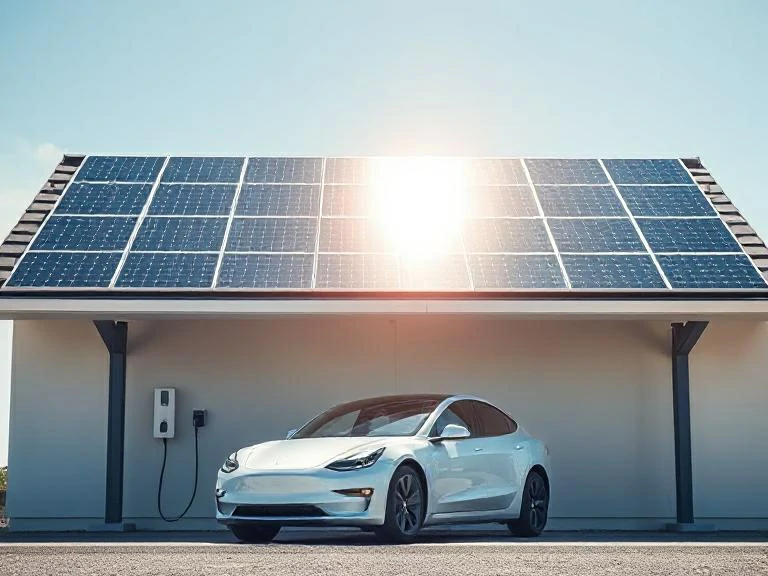
When Are Solar Panels not Worth it?
Home solar may not be right for you if:
- You rent out your property. Instead, try community solar, which doesn’t require you to install solar panels on your property.
- You pay low for electricity. The main way solar energy saves you money is to offset your electricity bill with free solar power. If you’ve paid a low electricity bill, you may not be able to “break even” on your solar investment for a long time.
- The prepayment for solar energy is too high. Just as the already low price of electricity makes solar unworthwhile to invest, so does paying too much upfront. Be wary of solar installers who charge high prices – the best way to make sure you get a good deal is to compare solar quotes on the market (for free!)
The point is: if you have your own house and have an electricity bill, solar panels might be worth it! How much you can save varies from person to person, but as the cost of solar panels continues to fall, you’ll save a fortune in the long run.
Conclusão
Solar panel systems and EV charging stations work together to offer various advantages, as well as a practical way to generate and use solar energy. This configuration is necessary if you want to install a solar panel system that can provide enough energy for your electric car, including using solar panels to charge Tesla. But how many solar panels to charge a Tesla? Switching to electric vehicles already means you reduce your need for gasoline and oil, which reduces emissions, but electricity from the grid still comes mainly from natural gas and coal. Just a few solar panels on your roof are enough to power your first electric car, second, third, and more. Again, these panels can last at least 25 years. No wonder they call it renewable energy.





